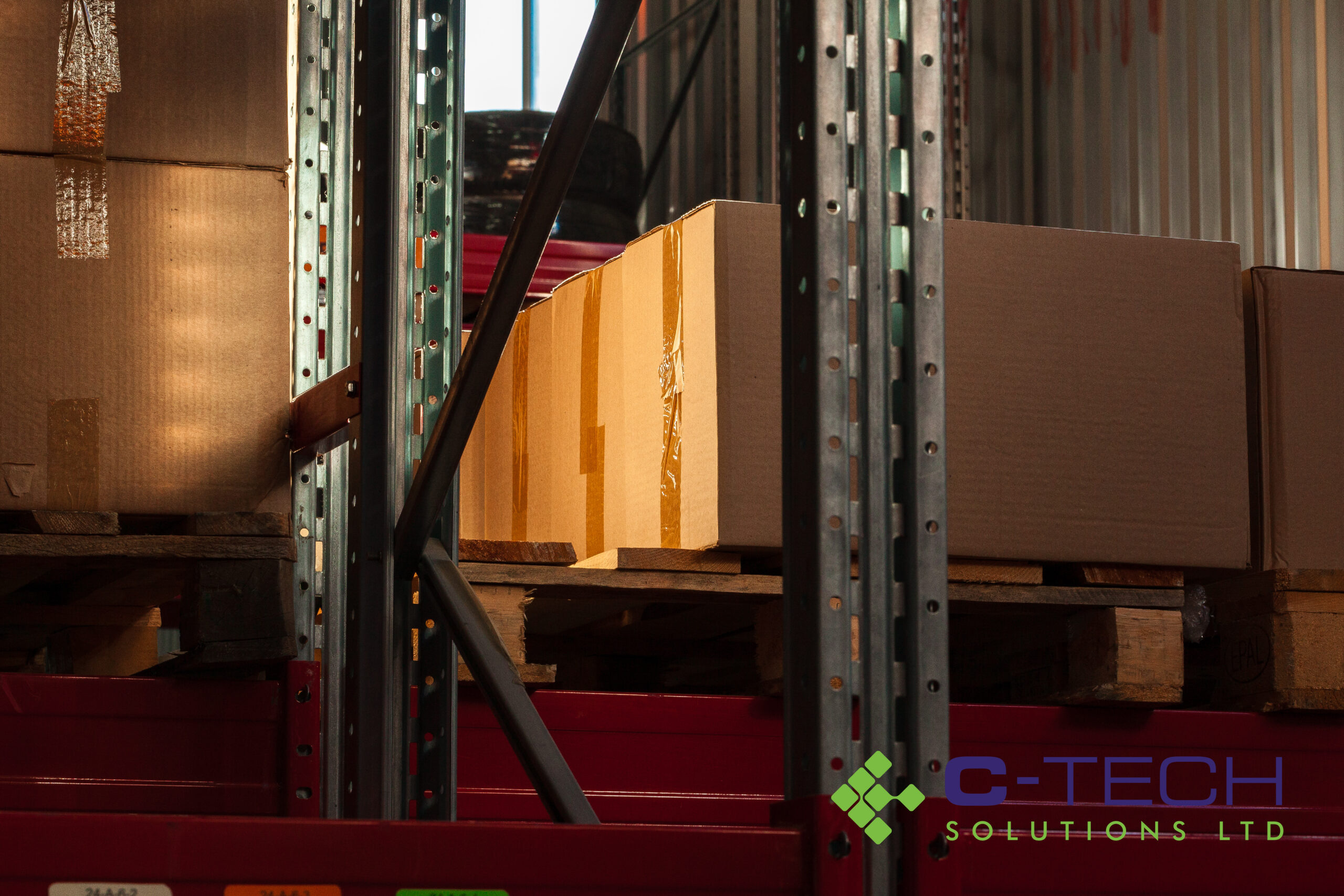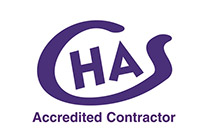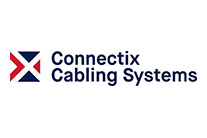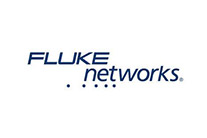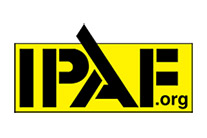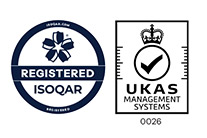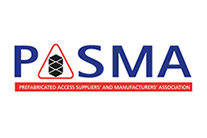How to Clean Your Fibre Connections
15th July 2022
An essential aspect of fibre installation is ensuring all fibre connections are absolutely clean and free from any contaminants before they’re connected. This article will show you the tools and techniques you need to keep your fibre connections clean and your network running smoothly.
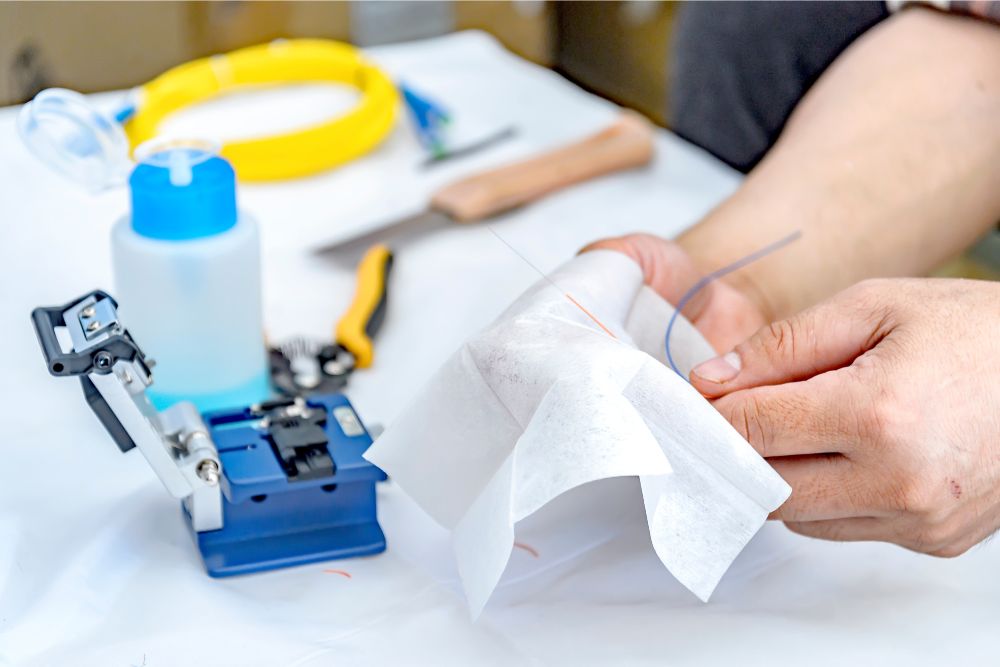
Keeping fibre connections clean reduces the loss of transmission and increases the lifespan of the equipment.
The fibre core (the part that contains the signal) is thinner than a human hair, so even microscopic contaminants can disrupt the transmission of light along the fibre and cause severe connectivity issues.
In fact, contaminated fibre ends are responsible for up to 80% of connection failures in fibre networks. So cleaning them is something that needs to be done right.
When should you clean your fibre connections?
Fibre end faces must be cleaned immediately before they’re connected. Even brand-new fibres are almost certain to contain contaminants acquired when they were manufactured, packaged or transported.
These can include solid contaminants such as dust particles, or fluid contaminants such as water, skin oils and even residual cleaning solution that hasn’t been properly removed. Scratches on the end face can also cause problems.
It’s not recommended to regularly disconnect your fibre cables to inspect or clean them following their installation. If they have been cleaned sufficiently prior to installation, there’ll be no need to clean them again. Indeed, disconnecting them would simply risk them becoming dirty.
Tools for cleaning fibre connections
There’s a range of tools and other equipment that can be used to clean fibres.
Compressed air canisters can be used to blow particles away from the fibre surface, but there’s no guarantee they won’t resettle there.
Also, anything used to wipe the connectors must be lint-free, so it doesn’t leave any particles behind.
You can use hand-held wipes, swabs or tools such as cassettes or cleaning platforms. These contain a reel of lint-free cloth and provide a clean wiping surface after every use.
Solvents can be applied to wipes to enhance the removal of particles and fluids that may contaminate fibre ends. Wipes can be pre-saturated with solvents, or you can manually add solvent to a dry wipe.
Isopropyl alcohol is a cheap and commonly used solvent, but some consider it to be less effective than other solvents. It doesn’t dissolve all possible fibre contaminants and has as lower evaporation rate than other solvents, increasing the risk of residue remaining on the fibre.
Consider precision hydrocarbons, which dissolve contaminants more effectively and evaporate more quickly-just beware that they are highly flammable.
Solvents can be applied using a tool that resembles a felt-tip pen, an aerosol canister or dripped carefully from a container.
Of course, because the fibres are so small, it’s impossible to see whether they’re contaminated with the naked eye. So you’ll need a fibre inspection scope that’ll magnify the connector faces and reveal whether they’re clean or contaminated.
Methods for cleaning fibre connections
There are several methods for cleaning fibre connections, varying in their effectiveness.
Dry cleaning methods involve using compressed air or a dry wipe or swab to remove contaminants. However, without a solvent to break down contaminants, this method doesn’t always clean fibres effectively. Dry wiping can even create a static charge that attracts more particles.
On the other hand, methods that only use wet cleaning run the risk of residual solvent remaining on the fibre ends, especially if non-specialist solvents are used.
Therefore, a wet-to-dry method is the most reliable way to ensure clean fibres. Here’s one possible example of an effective wet-to-dry fibre cleaning method.
- Apply a small amount of precision solvent (about the size of a penny) to a lint-free cloth. Ensure the cloth is resting on a non-abrasive surface to avoid damaging the fibre.
- Holding the fibre vertically, lightly slide it from the wet part of the cloth to the dry part in a straight line. This enables the solvent to break down contaminants and then dry away any residue in one easy motion.
- Inspect the fibre using the scope. Repeat step 2 if you still see contaminants. Ensure you don’t go over any part of the cloth that’s already been used to avoid recontaminating the fibre. Reinspect the fibre after each clean.
- Connect the fibre or place a protective cap over it. This must be done immediately.
Things to remember during the cleaning process
Our expert installers ensure that fibres are cleaned to the highest standard, providing your network with seamless transmission and high bandwidth.
Get in touch today to chat about your network installation.
To share this post please choose your platform!
Contact C-Tech Solutions
If you’re looking for an experienced and reliable partner with considerable expertise in network infrastructure, fibre-optics, copper cabling and all related building services then we invite you to reach out to our team.
See why a growing number of organisations trust C-Tech as their preferred supplier.


